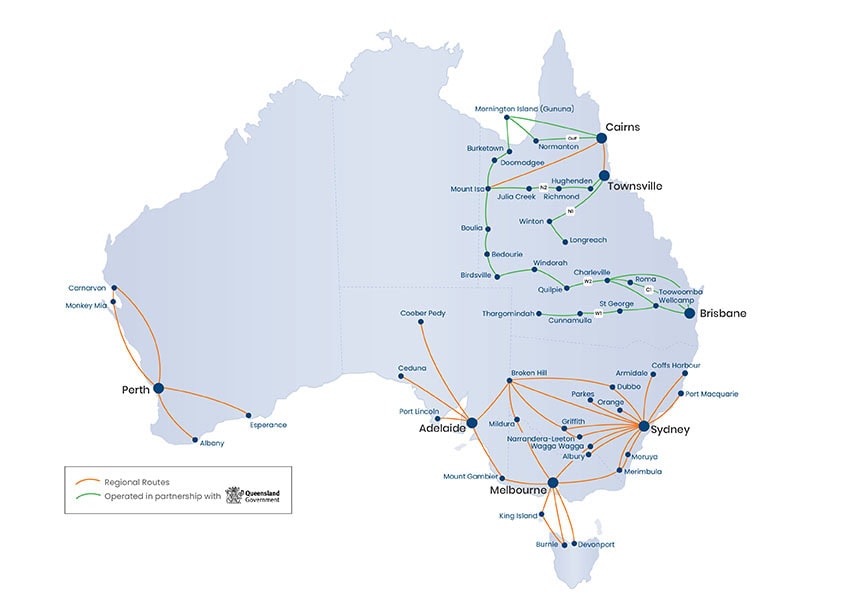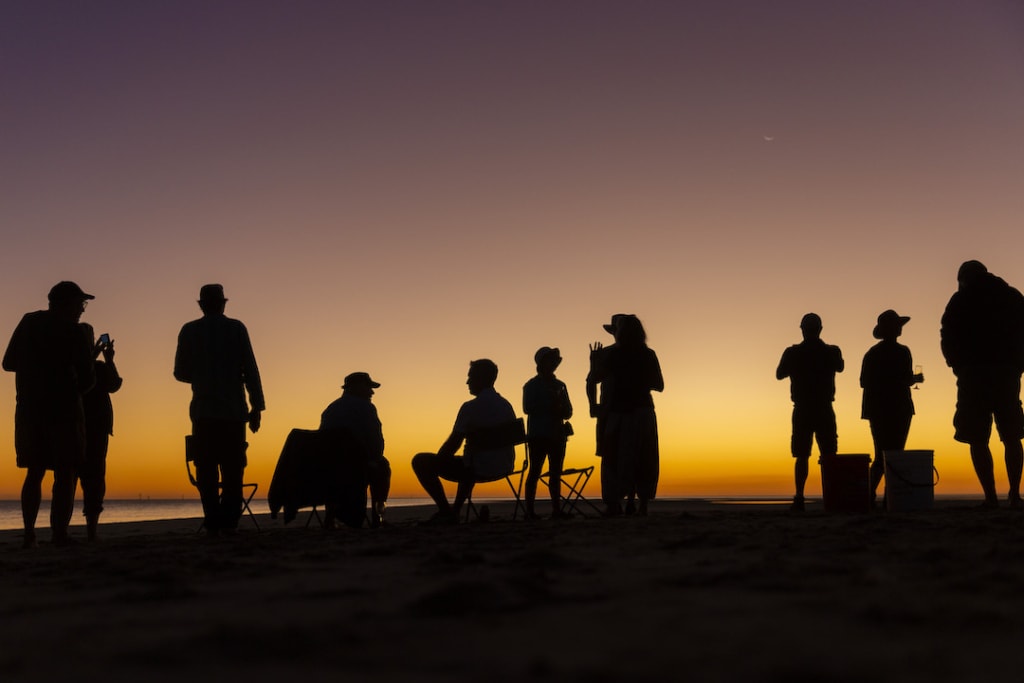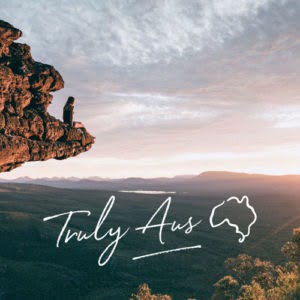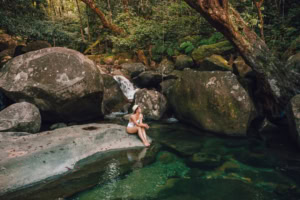Barra fishing, epic sunsets and fantastic festivals are huge drawcards to the Gulf of Carpentaria: a stunning region where the outback meets the sea.
We explore the towns of Karumba and Normanton, amazing Indigenous and colonial heritage, and chat with Steve Bastoni, co-director of the inaugural Ocean & Outback Festival.
Opening image: Sunset in Karumba. Image: supplied.
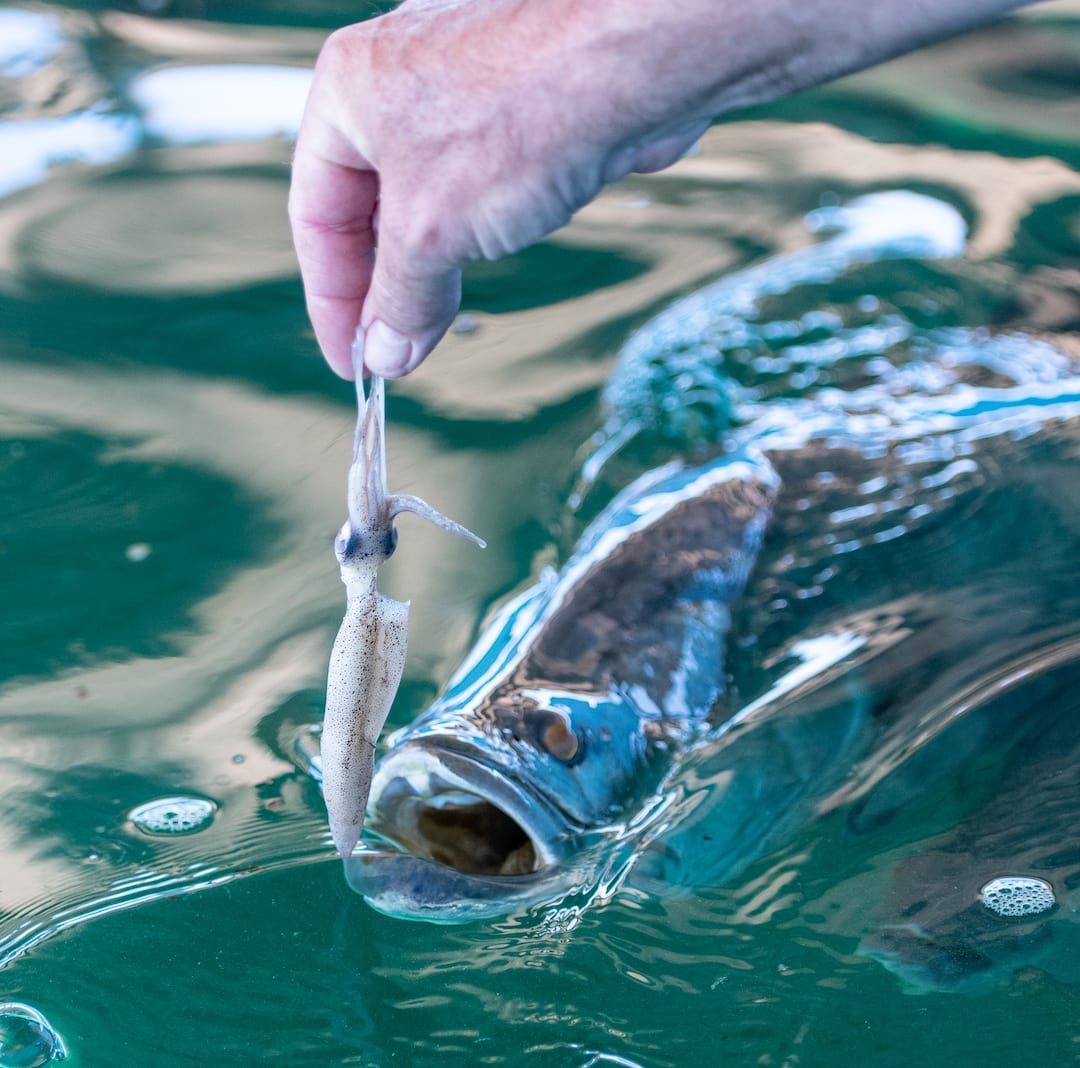
Welcome to the Outback By The Sea
On the banks of the mighty Norman River, Karumba is Queensland’s best-kept secret for avid anglers. Located in the southeast corner of the Gulf of Carpentaria, this coastal haven is a gateway to some of the best fishing Australia has to offer.
Renowned for its exceptional barramundi – the barra season runs from February to October – you can find charters offered by expert local fishermen for all types of adventurers: whether you’re after the famous barra or want to try your hand angling for a diverse range of fish, including threadfin salmon, blue salmon, fingermark (golden snapper), grunter, black jewfish, mackerel, bream, and plenty more.
For a truly unique experience, you can hand feed 1 meter-plus barramundi at the Les Wilson Barramundi Discovery Centre – and watch out, they bite! Whatever you do, don’t miss out on some of the freshest seafood, including mud crabs, prawns and barramundi on offer for a truly unique dining experience.
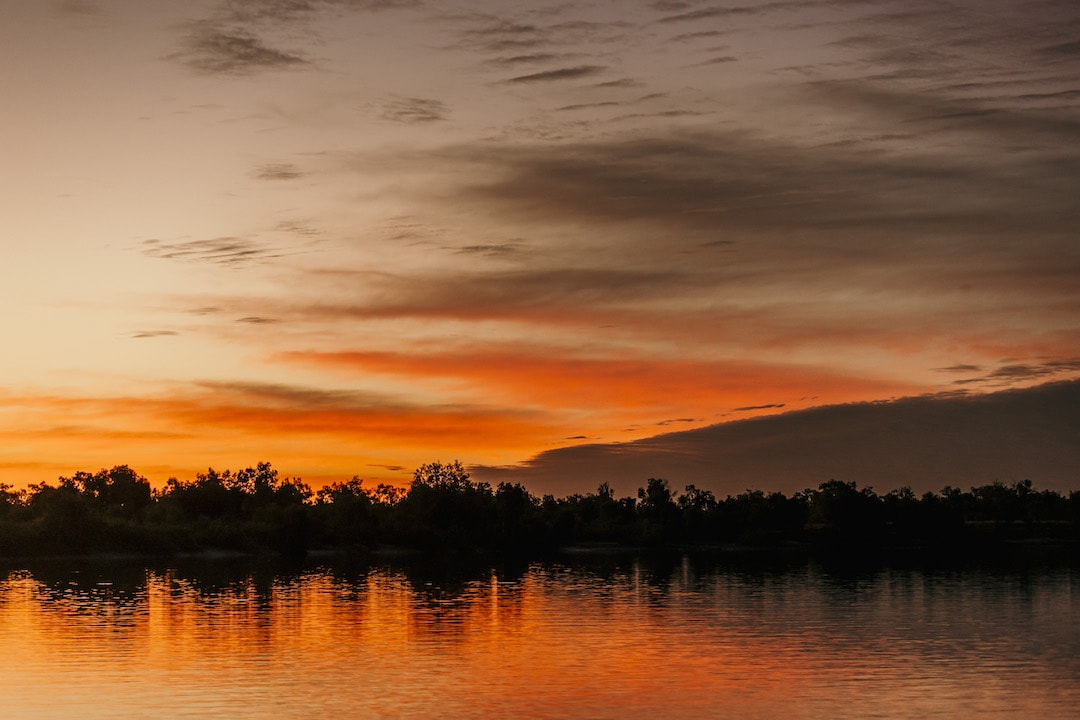
Natural wonders
As well as fishing, Karumba is renowned for its legendary sunsets – it’s the only place on mainland Queensland where you can watch the sun sinking down over the ocean in a spectacular blaze of colour. One of the best places to witness this daily spectacle is on a sunset cruise or from the aptly named Sunset Tavern at Karumba Point, where you can tuck into the freshest local seafood (including delicious Gulf prawns) right on the foreshore.
The region is also known for its incredible birdlife. The Karumba Heritage Walk is a 3.8km path that stretches from Karumba to Karumba Point, traversing wetlands perfect for birdwatching. For birdwatchers, the Muttonhole Wetlands, just outside of Normanton is also a must see – it is part of the largest continuous estuarine wetland in North Queensland. From November to April these stunning wetlands come alive as the monsoon rain replenishes dry waterways and lakes attracting all varieties of birdlife such as whistling-ducks, sarus cranes, brolgas, pelicans and jabirus. Eleven species of internationally conservation significant bird species have been recorded in the area.
Visitors to the nearby town of Normanton may also be lucky enough to witness the otherworldly Morning Glory cloud formation: a natural phenomenon appearing in the skies during the warmer months. Also known as a roll cloud, they can stretch for up to 1,000 kilometres, attracting glider pilots and photographers.
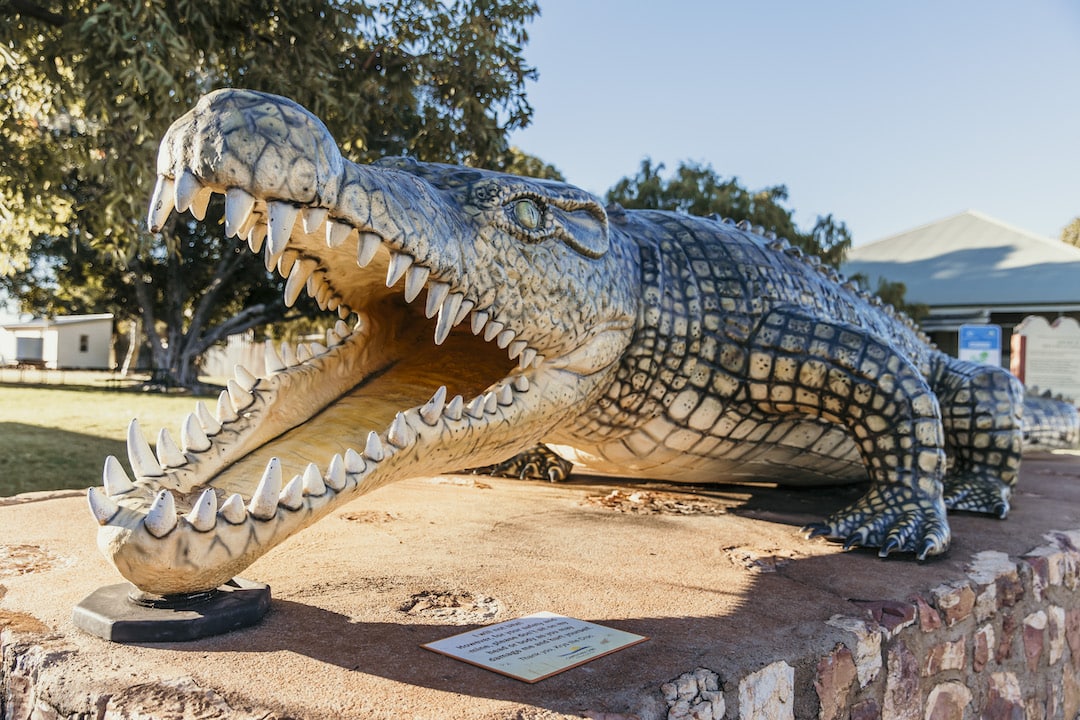
Exploring Normanton
Normanton is known for its authentic outback charm as well as rich Indigenous and colonial history. The iconic Purple Pub is a must-visit: over a hundred years old, and famous for its distinctive purple colour and friendly atmosphere.
The historic Burns Philp building houses the Normanton Visitor Information Centre which provides valuable insights into the region’s history and culture. Check out the Indigenous Stock Workers, Stock Women and Rodeo Riders displays, which celebrates the vital role of Indigenous workers in the Gulf’s cattle industry.
While you’re in town, don’t forget to say hello to Krys: a replica of the whopping 8.63m saltwater crocodile killed in 1957 by Krystina Pawlowski – the largest croc ever killed or captured in Australia.
Taking a ride on the historic Gulflander train is a must-do. Start at the architecturally famous Normanton Station and railway museum and enjoy a meal at the Platform 1 Café, Giftware and Souvenir store before boarding this fully operational 1950 rail motor – affectionately known as the ‘Tin Hare’. The train carries a small number of passengers through the Gulf Savannah region who are treated to morning tea, trivia, wildlife spotting and storytelling.
Thirty kilometres from town off the Savannah Way turnoff you’ll find Camp 119, the northernmost point of Burke and Wills ill-fated 3,200 kilometre trek. Here, you can see where the explorers blazed the coolabah trees before they turned back to Melbourne.
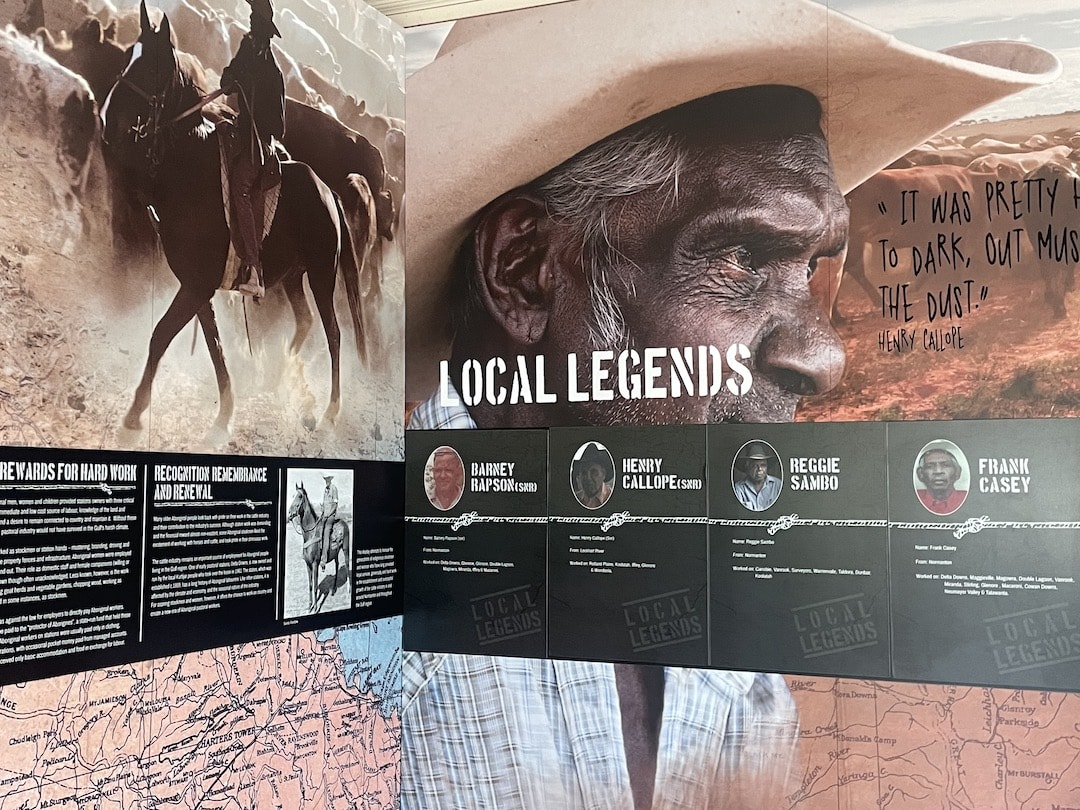
Indigenous heritage
Carpentaria Shire is the traditional country of many Indigenous groups and encompasses areas of high cultural significance to Traditional Owners. The townships of Normanton and Karumba are the traditional lands of the Gkuthaarn, Kukatj and Kurtijar people.
Drop into the Bynoe Arts Centre in Normanton to check out pieces that are unique in style, expressing the cultures that exist in and around Normanton in the Lower Gulf of Carpentaria.
An hour from Karumba and Normanton you’ll find Delta Downs Station, one of Australia’s most successful Indigenous run enterprises. First established around 1889, nearly 100 years later it became Australia’s first cattle station run by Traditional Owners. Delta Downs has over one million wild acres, runs 40,000 to 45,000 cattle and is the Gulf’s premier secret fishing spot. Spend your holiday fishing from the beach, in the estuaries or on the untouched Gilbert and Smithburn Rivers. Contact the Kurtijar Aboriginal Corporation to obtain a permit.

Outback by the Sea Festival
The week-long Outback by the Sea Festival celebrates the legendary barramundi, seafood, live music, Indigenous culture, and arts of the Gulf region. In 2024, the Festival will run from 13-21 September and kick off with the inaugural short film festival Ocean & Outback Film Festival.
Film Festivals Australia Directors Steve Bastoni and Meg Pascoe are regional film festival veterans who launched the Peninsula Film Festival and the Perfect Light Film Festival in Broken Hill, and have now set their sights on the Gulf.
Steve says, “So much of our country is beautiful and cinematic, with incredible light and unique locations that don’t exist anywhere else in the world. The Gulf of Carpentaria is one of those places.”
The team will be running workshops for budding filmmakers prior to the festival. Anyone can sign up – no experience is necessary – and they will cover everything from script writing to planning the shoot and learning about equipment, as well as editing and acting tips. The films can be in any genres and categories: from documentaries to music videos.
“I really wanted to connect with the local Indigenous community and particularly school kids, to inspire them to tell their stories on film, and then bring those stories to the rest of Australia and hopefully the world,” says Steve.
For those involved, it’s a great stepping stone to a career in film, with previous entrants going on to be nominated for awards. As Steve says, “It’s a platform for emerging filmmakers to get their work seen and recognised by industry professionals.”
As well as the film festival, there will be a packed festival program of interactive activities, art and cooking workshops, birdwatching and stargazing. The closing evening concert at Karumba is always a highlight and this year will feature multiple Aria and CMMA Award winner Fanny Lumsden and Australian rock legend Shane Howard.
Travel to the Gulf of Carpentaria
Rex flies to Normanton. Book your flights here and check out the route map below.
